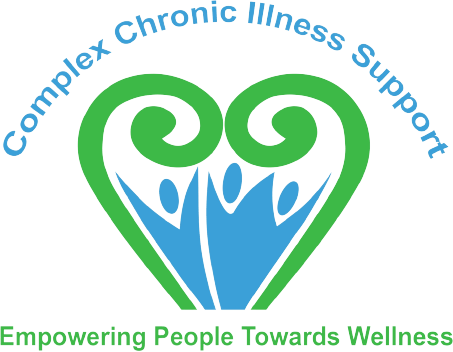This article explores the surprising potential of cold exposure therapies—including ice baths, cold showers, and whole-body cryotherapy (WBC)—as a supportive treatment for individuals with ME/CFS, fibromyalgia (FM), and long COVID. Though the idea of stepping into freezing water might sound daunting, especially for those with energy-limiting illnesses, both anecdotal accounts and emerging research suggest that cold exposure may provide tangible benefits.
Study Background and Intervention
The concept of using cold as a therapeutic intervention in ME/CFS dates back to 2007, when Dr. Nikolai Shevchuk proposed that repeated cold exposure could “train” the autonomic nervous system, activate the brainstem and HPA axis, reduce excessive serotonin, and restore energy and arousal levels. However, it wasn’t until the early 2020s that the first formal study appeared. In this pilot study, 32 ME/CFS patients underwent 10 sessions of whole-body cryotherapy (temperatures as low as -120°C) over a 12-day period. Sessions began at 30 seconds and gradually increased to 2.5 minutes, and were followed by light stretching and breathing exercises.
Key Findings
Participants tolerated the cold sessions remarkably well—especially compared to traditional exercise-based studies, where dropout rates tend to be high. The study found reduced fatigue and daytime sleepiness, improved cognition, and sustained benefits in fatigue measures even one month after treatment. These promising results support the idea that cryotherapy may mimic some of the benefits of exercise without the post-exertional consequences, making it a more accessible modality for those with ME/CFS.
Broader Evidence and Theoretical Benefits
Additional small studies in fibromyalgia reported improved quality of life, reduced pain, and changes in immune markers like IL-6, TNF-α, and IL-10. A hypothesis paper recently proposed that cold therapy may counteract central sensitization, a key driver of chronic pain.
Research suggests that cold exposure may reduce inflammation and oxidative stress, enhance parasympathetic nervous system activity, support better blood flow and sleep, and trigger the release of endorphins and dopamine—neurochemicals often found at low levels in ME/CFS and FM. Neuroscientist Dr. Andrew Huberman highlights the mental benefits as well, noting that the prolonged dopamine boost and forced mental control during cold exposure could strengthen the prefrontal cortex—a brain region often implicated in these conditions.
Practical Considerations
Cryotherapy chambers, while effective, can be costly and limited to major cities. However, similar benefits may be achieved through accessible methods like cold showers, ocean dips, or home ice baths. The key, experts say, is finding a temperature that feels “uncomfortably cold, but safe,” and limiting exposure to just a few minutes at a time. For maximum benefit, users are encouraged to let their bodies reheat naturally after exposure, which may activate brown fat and support metabolic health.
Breathing techniques—like box breathing or the Wim Hof Method—can help manage the initial shock and discomfort, making the process more meditative and less stressful.
Conclusion:
While not a cure, cold exposure appears to be a low-cost, low-risk tool that can support symptom management in ME/CFS, fibromyalgia, and long COVID. With reported benefits in energy, cognition, pain, and sleep, it holds potential as a complementary therapy. More large-scale, controlled studies are needed, but for now, cold therapy offers a hopeful—and surprisingly tolerable—option for those seeking new ways to improve quality of life.
Reference:
Cortez, C. (2024, November 26). Why cold exposure may help with ME/CFS, fibromyalgia, and long COVID. Health Rising. https://www.healthrising.org/blog/2024/11/26/cold-exposure-chronic-fatigue-syndrome-fibromyalgia-long-covid/
